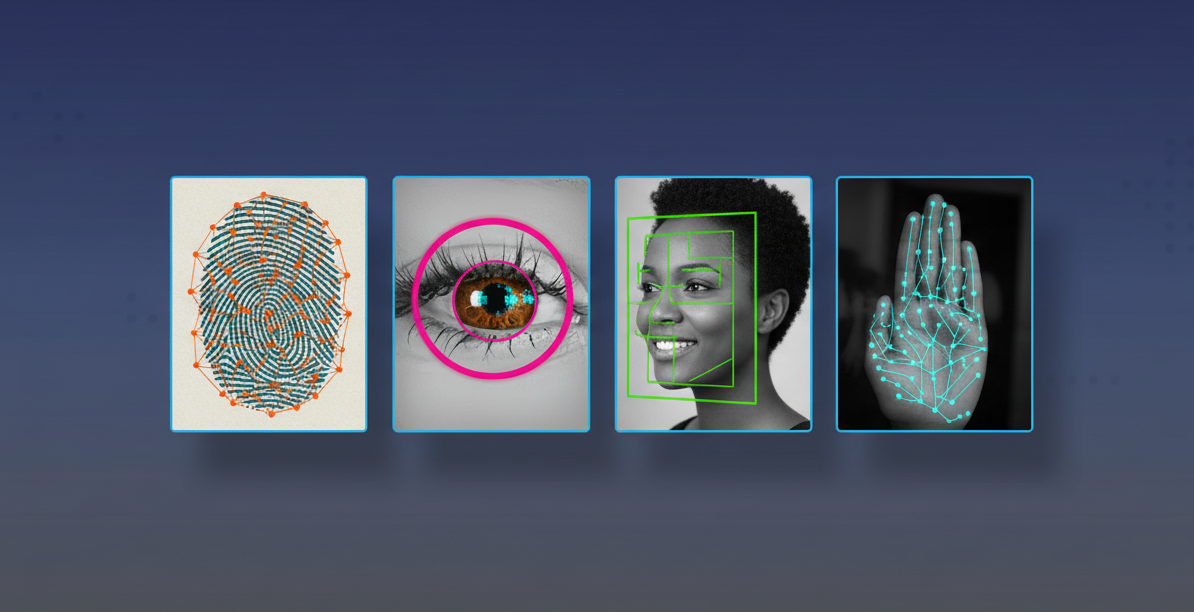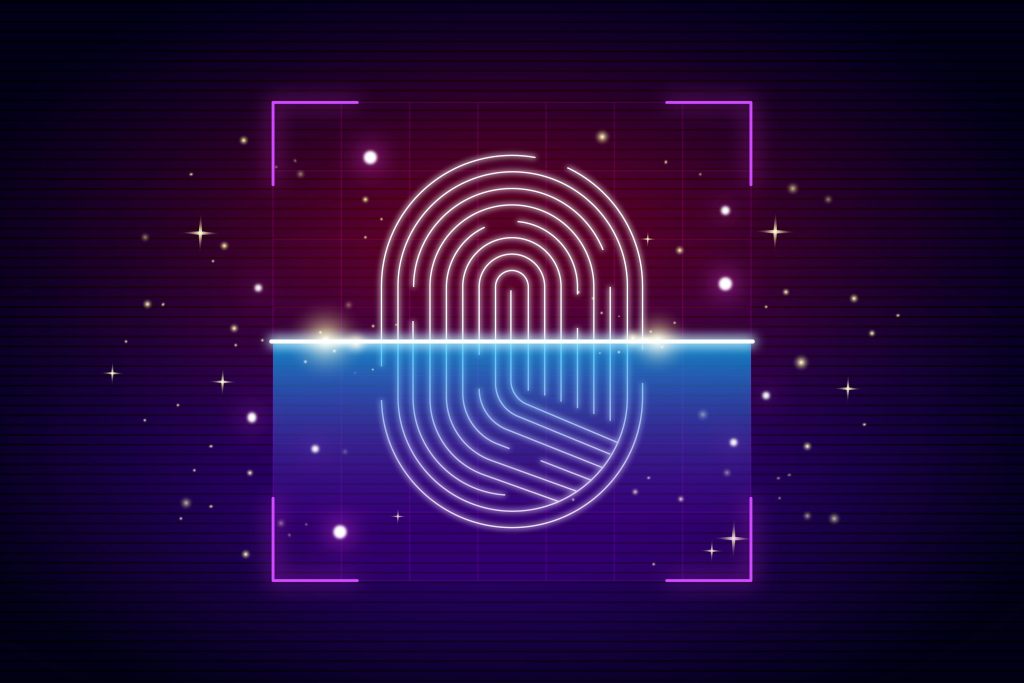
In today’s digital world, identity verification plays a crucial role in ensuring security, trust, and efficient service delivery. Whether it’s verifying a passport, issuing a driver’s license, or managing national ID programs, governments and institutions rely on biometric technologies to confirm who someone truly is. One of the most powerful systems that makes this possible is the Automatic Biometric Identification System, widely known as ABIS.

ABIS stands for Automatic Biometric Identification System.
It’s an advanced software platform that stores, manages, and compares biometric data — such as fingerprints, facial images, or iris scans — to accurately identify or verify an individual’s identity.
In simple terms, ABIS is like a digital brain that can search through millions of biometric records within seconds to find a match.
How Does ABIS Work?
ABIS operates in three main stages:
- Enrollment
A person’s biometric data (like fingerprints or face images) is captured and securely stored in the database, along with basic identity details. - Matching
When someone’s identity needs to be verified, the system automatically compares the newly captured biometric sample with existing records in the database. - Identification or Verification
- Identification (1:N): The system searches through all records to find who the person is.
- Verification (1:1): The system checks if the person is who they claim to be by comparing their biometric data with one stored profile.
These automated steps allow institutions to confirm identity in seconds, even in databases containing millions of individuals.
Common Biometric Modalities Used in ABIS
ABIS can handle multiple biometric types (called modalities). The most common are:
- Fingerprint recognition – still the most widely used due to reliability and cost-efficiency.
- Facial recognition – increasingly popular for border control, mobile ID, and access control.
- Iris recognition – used in high-security environments for its precision.
- Palm print or vein recognition – for specialized use cases needing extra accuracy.
A multi-modal ABIS can combine several modalities to improve accuracy and reduce fraud.

Real-World Applications of ABIS
ABIS technology is used globally in both public and private sectors. Common use cases include:
- National ID programs – managing unique digital identities for citizens.
- Border management systems – verifying travelers and preventing identity fraud.
- Civil registration – ensuring one person, one record for elections or social programs.
- Driver’s license issuance – verifying applicants before card issuance.
- Law enforcement – matching fingerprints or faces in criminal investigations.
- Financial institutions – enhancing KYC (Know Your Customer) processes.
Key Features of a Modern ABIS
A robust ABIS solution typically includes:
- High-speed biometric matching engine
- Scalable architecture (capable of handling millions of records)
- Multi-biometric support
- Advanced deduplication (detecting duplicate or fraudulent identities)
- Integration APIs (to connect with government or third-party systems)
- Strong security and encryption protocols
- Comprehensive audit trail and reporting
Benefits of Implementing ABIS
For governments, institutions, and organizations, ABIS offers clear advantages:
- Enhanced security – ensures each identity is unique and verifiable.
- Fraud prevention – eliminates duplicate or fake identities.
- Operational efficiency – speeds up verification and registration processes.
- Public trust – improves confidence in identity-based services.
- Integration flexibility – connects easily with document issuance, border systems, or e-services.
The Future of ABIS
As technology evolves, ABIS systems are becoming AI-driven, enabling faster, more accurate matching and smarter data analysis. Integration with digital credentials, mobile ID, and cloud-based identity ecosystems will further expand ABIS’s role in the modern identity landscape.
For organizations looking to build secure, scalable identity infrastructure, adopting ABIS is no longer optional — it’s essential.
